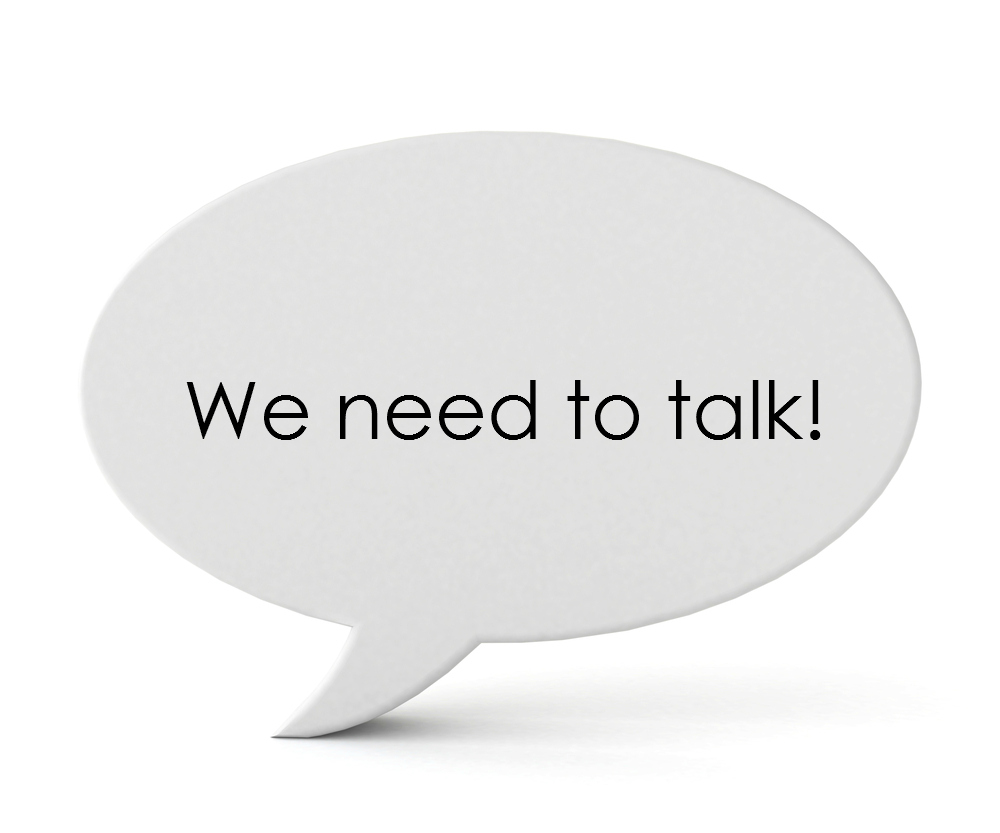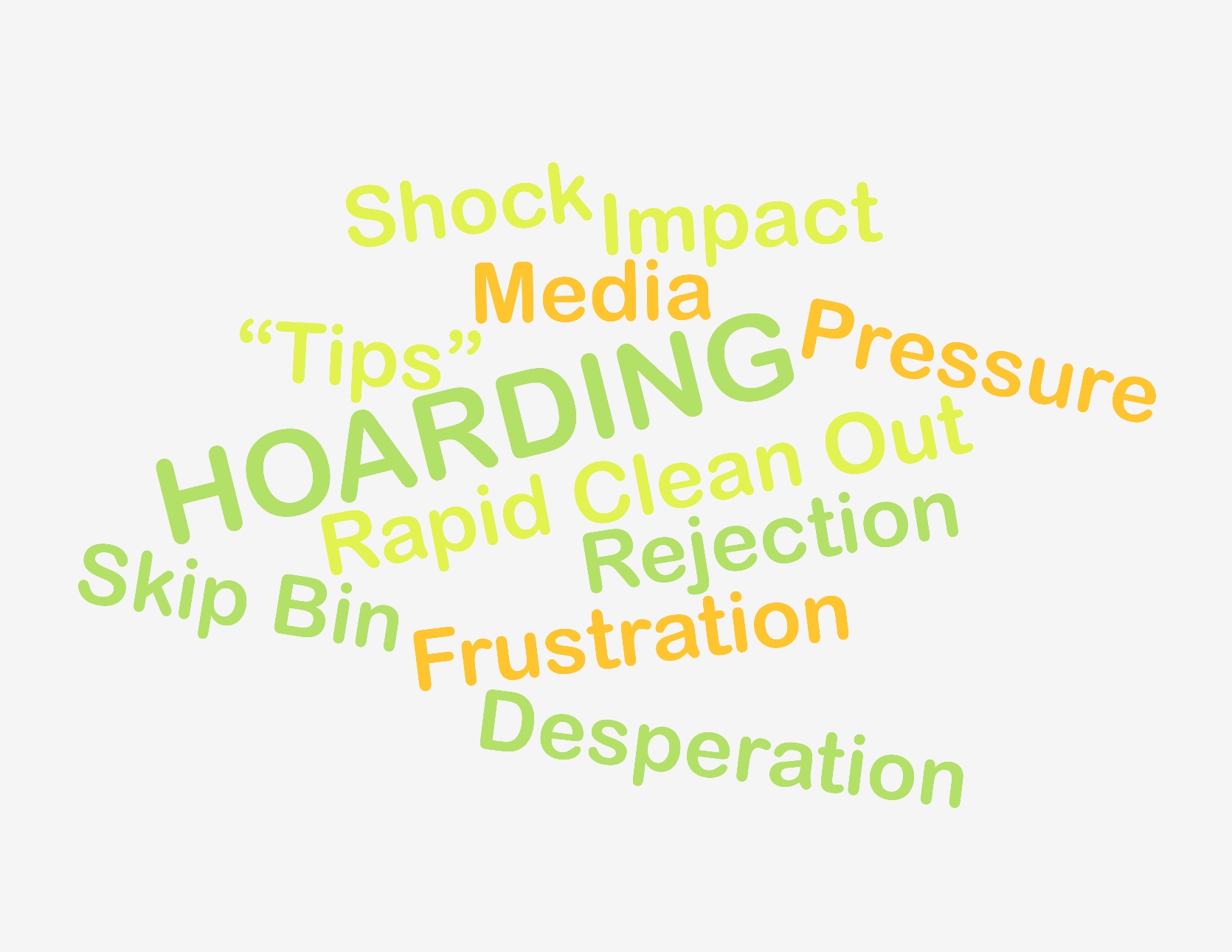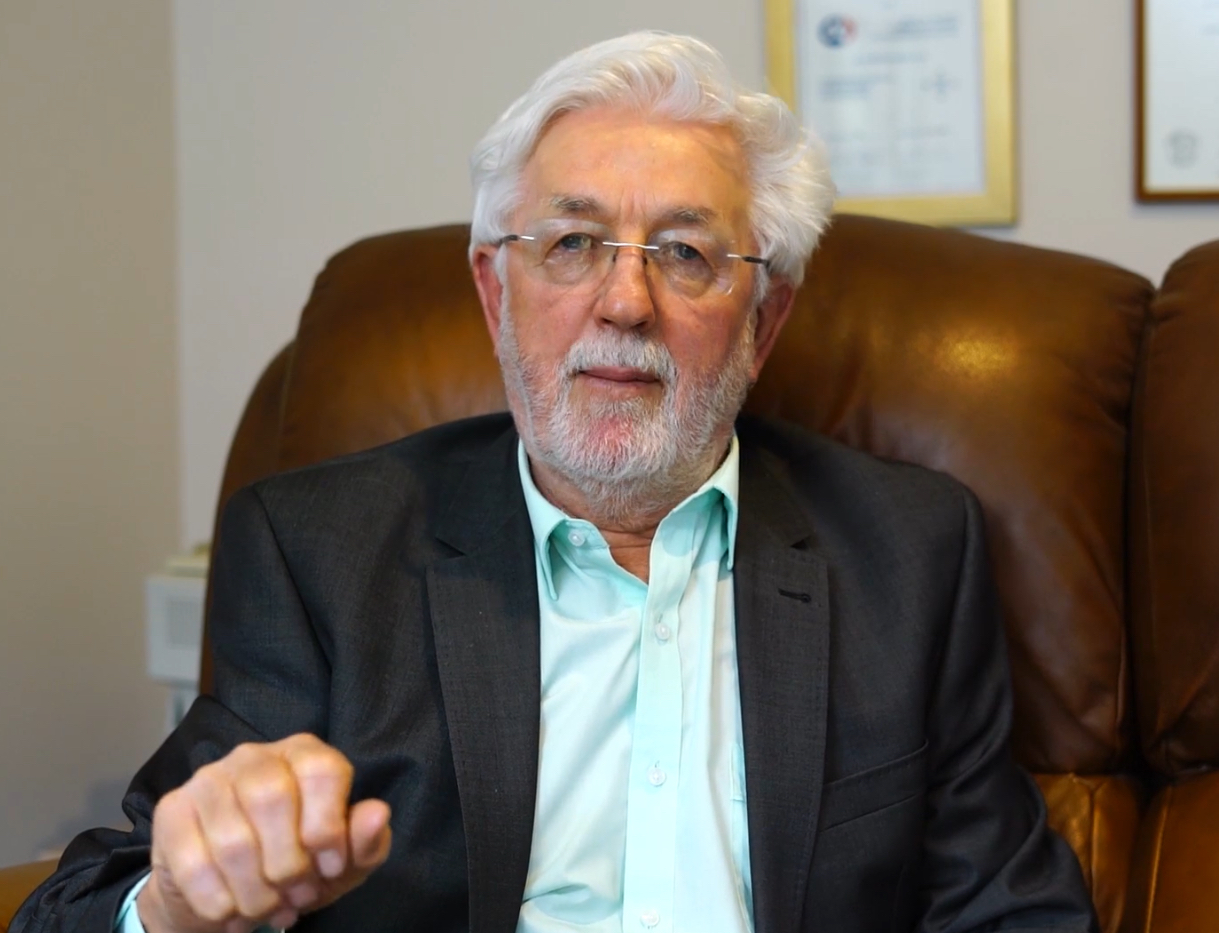How frustrating is it when you can clearly see what is best for someone, but they refuse to see it themselves? You know how nice it would be for them to come home to an orderly house, to sleep in a clean bed, to have working appliances. But your suggestions and offers of help fall on deaf ears. Or worse, they are flatly rejected.
Did you know that we are wired to resist? Whenever one person argues for change, the other person is automatically positioned to argue against it. This is not just in the case of people who hoard. It is a basic principle of motivational interviewing.
So, what is the solution? Quite simply, stop talking and start listening. Not the type of listening you do while mentally preparing your own clever response. Try listening to understand. It shows you care about what a person has to say and creates reciprocity. It opens the door for a conversation to explore options.
 Consider this recent client experience. “Mary” (not her real name) recently moved into a new home with her two dogs. The dogs’ leads and walking paraphernalia were creating a tripping hazard at the front door and Mary had been told this needed attention because it wasn’t safe.
Consider this recent client experience. “Mary” (not her real name) recently moved into a new home with her two dogs. The dogs’ leads and walking paraphernalia were creating a tripping hazard at the front door and Mary had been told this needed attention because it wasn’t safe.
Her support worker had suggested putting up hooks, but Mary dismissed this idea because she would need to reach up. Her mum suggested repurposing a small chest of drawers, but she dismissed this idea because she would need to bend down.
Mary asked me for a solution. Based on her rejection of two perfectly good ideas, I realised it was unlikely that any suggestion I made would be just right. So instead I responded, “I’m not sure. What do you think would work?”. This allowed us to brainstorm ideas and come up with a workable solution (which incidentally involved hooks and a chest of drawers!).
It is a neurobiological fact that we are more attached to solutions when we generate them ourselves. And the simple act of asking for a suggestion rather than giving a solution can short circuit the “Yeah buts” and automatic no responses. It creates a collaborative conversation with an opportunity to identify action steps.
Questions you might try include:
“If you had a magic wand, what would this area look like?”
“I understand that it looks impossible. I wonder what would make it possible?”
“If you decided to make a change what would the first step be?”
So next time you hit a brick wall, stop talking and start listening. Genuine, respectful curiosity and well-crafted questions may just connect your client or loved one with the solutions they need.
Written by Wendy Hanes








